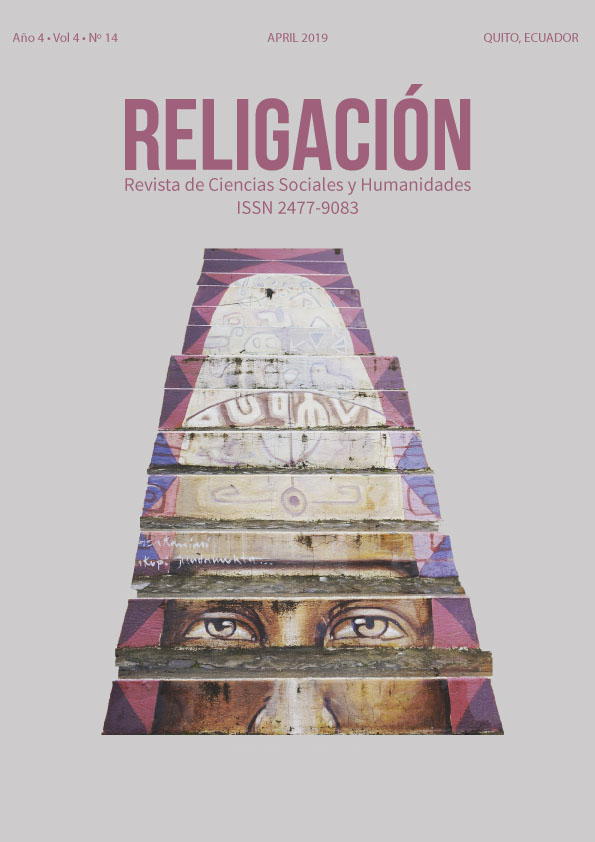Conceptualización de la concientización sobre educación verde en la escuela primaria para promover la sostenibilidad
Resumen
Esta investigación tiene como objetivo hacer de la conciencia y la acción ambiental una parte intrínseca de la vida en la escuela. Esto debe incluir a los estudiantes, maestros, personal no docente y padres, así como a la Autoridad Local, los medios de comunicación y los negocios locales. La educación verde se esfuerza por extender el aprendizaje más allá del aula y desarrollar actitudes y compromisos responsables. Las escuelas consumen enormes cantidades de papel y energía, producen toneladas de residuos y emisiones de carbono, y rara vez compran productos ecológicos. Las escuelas usan limpiadores y pesticidas con toxinas neurológicas y reproductivas, que son peligrosas. La mala calidad del aire interior y la nutrición en la escuela están vinculadas a las elevadas tasas de asma y obesidad infantil. La investigación ahora muestra que los entornos escolares más verdes y sostenibles pueden ahorrar dinero y recursos, ampliar el aprendizaje y mejorar la salud. Y, en última instancia, las escuelas sostenibles enseñan a los niños a convertirse en buenos ciudadanos del medio ambiente y los capacitarán para hacer una diferencia en el medio ambiente.
Descargas
##plugins.generic.paperbuzz.metrics##
Citas
Aaker, D. A., Kumar, V., & Day, G. S. (2004). Marketing research. New York: John Wiley & Sons.
Aaker, David A., V. Kumar, George S. Day, and Meredith Lawley (2005), Marketing Research, The Pacific Rim ed. Milton, Queensland, Australia: John Wiley & Sons.
Barth, M. and Timm, J.M. (2011), “Higher education for sustainable development: students’ perspectives on an innovative approach to educational change”, Journal of Social Sciences, Vol. 7 No. 1, pp. 13-23.
Blewitt, J., Cullingford, C. (Eds.), 2004. The Sustainability Curriculum: the Challenges for Higher Education. Earthscan, London.
Ceulemans, K., De Prins, M., 2010. Teachers’ manual and method for sustainable development integration in curricula. J. Clean. Prod. 18, 645e651.
Cole, L. B. (2014). The Teaching Green School Building : a framework for linking architecture and environmental education, (February 2015), 37–41.
Dobson A. (2007). Environmental citizenship: Towards sustainable development. Sustainable Development, 15, 276–285.
Fallis, A (2013). Doing research in the real world. Journal of Chemical Information and Modeling, 53(9), 1689–1699.
Fisher, B., & McAdams, E. (2015). Gaps in sustainability education. International Journal of Sustainability in Higher Education, 16(4), 407–423.
Gadotti, M. (2010). Reorienting Education Practices towards Sustainability. Journal of Education for Sustainable Development, 4(1988), 203–211.
Gifford, R., & Nilsson, A. (2014). Personal and social factors that influence pro-environmental concern and behaviour: A review. International Journal of Psychology, 49(3), 141–57.
Hair, J. F., Sarstedt, M., Pieper, T. M., & Ringle, C. M. (2012). The Use of Partial Least Squares Structural Equation Modeling in Strategic Management Research: A Review of Past Practices and Recommendations for Future Applications. Long Range Planning, 45(5–6), 320–340.
Kaklamanou, D., Jones, C. R., Webb, T. L., & Walker, S. R. (2013). Using Public Transport Can Make Up for Flying Abroad on Holiday: Compensatory Green Beliefs and Environmentally Significant Behavior. Environment and Behavior, 1–21.
Lugg, A. (2007). Developing sustainability-literate citizens through outdoor learning: possibilities for outdoor education in Higher Education. Journal of Adventure Education & Outdoor Learning, 7(2), 97–112.
Oreg, S. (2006). Predicting PR environmental Behavior Cross-Nationally: Values, the Theory of Planned Behavior, and Value-Belief-Norm Theory. Environment and Behavior, 38(4), 462–483.
Schelly, C., Cross, J. E., Franzen, W., Hall, P., & Reeve, S. (2012). How to Go Green: Creating a Conservation Culture in a Public High School Through Education, Modeling, and Communication. The Journal of Environmental Education, 43(3), 143–161.
Sidiropoulos, E. (2014). Education for sustainability in business education programs: A question of value. Journal of Cleaner Production, 85, 472–487.
Ting, H., & Thurasamy, R. (2016). What matters to infrequent customers: a pragmatic approach to understanding perceived value and intention to revisit trendy coffee café. SpringerPlus, 5(1), 651.
Watson, T. F. (2012). Fields of green: restorying culture, environment, and education. Environmental Education Research, 18(4), 553–558.
Wiek, A., Withycombe, L., & Redman, C. L. (2011). Key competencies in sustainability: A reference framework for academic program development. Sustainability Science, 6(2), 203–218.
Winter, J., & Cotton, D. (2012). Making the hidden curriculum visible: sustainability literacy in higher education. Environmental Education Research, 18(July 2015), 1–14.
Wolsink, M. (2015). Environmental education excursions and proximity to urban green space – densification in a “compact city.” Environmental Education Research, 4622(March), 1–23.
Xiong, H., Fu, D., Duan, C., Liu, C. E., Yang, X., & Wang, R. (2013). Current status of green curriculum in higher education of Mainland China. Journal of Cleaner Production, 61, 100–105.







